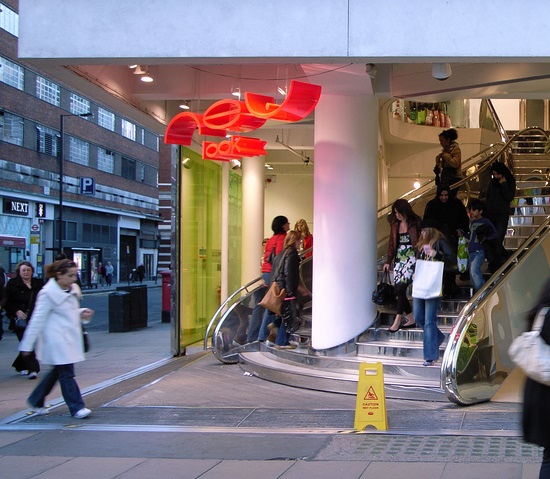The beautiful weather which kicked off this summer season came as a huge relief to retailers, for whom the washout summer of 2012 remained a very real, unpleasant memory. Coinciding with an upturn in Britain’s economic forecasts, the sunshine saw consumers rushing to the beach in order to top up their tans – with many choosing to stock up on summer clothing to make the most of the weather.

This change of fortune certainly aided struggling retailer New Look, which acquired a debt of £1.1 billion under private equity ownership during the recession. As critical repayment deadlines are coming up in 2015, it is essential that the brand racks up as many strong seasons of trading as possible.
In the most recent sales report for the first quarter of 2013, total group sales rose by 4.9 per cent, with like for like sales climbing a respectable 0.3 per cent when compared with the same period last year. However, the group believes that the second quarter will prove yet more profitable, with the popularity of new ranges increasing the number of full price sales and decreasing markdowns dramatically.
Chief Executive Officer, Anders Kristiansen, believes that the brand performed admirably amidst the “volatile trading environment.”
He continues; “We are very encouraged by New Look’s robust trading performance in the period, in spite of the coldest spring for 50 years.
“We are confident that the improvement to our ranges, the refurbishment of our stores and our growing online strength will underpin further progress.”
New Look currently operates more than 1,100 stores internationally, with 600 of these located across the UK. The group is currently planning further expansion, with the growing Indian and Chinese markets earmarked as the next step in increasing the consumer base.
While store refurbishments certainly played a role in the strong first quarter performance, it seems that New Look’s online presence has become the feather in the fashion chain’s cap. On average, 2.5 million consumers visit its website every week, allowing online takings to rise by a staggering 78.7 per cent during the period.
Retail analysts believe that this is due to the introduction of a click and collect service, whereby consumers can place an order on the website and pick it up from their nearest store at a time convenient for them.
It certainly seems that New Look is set to reverse the fortunes of the past few years and remain a staple of the high street – at least for the time being. However, with a multitude of other affordable clothing brands such as H&M and Primark snapping at its heels, New Look must continue to implement exciting initiatives and promotions in order to remain competitive in a rather flooded market.
Do you think New Look’s store refurbishment programme was worth the cost, or would channelling more energy into its successful website have been better in terms of profit margins?
Previous Post
English Commuters Face Price Increases on Train Tickets